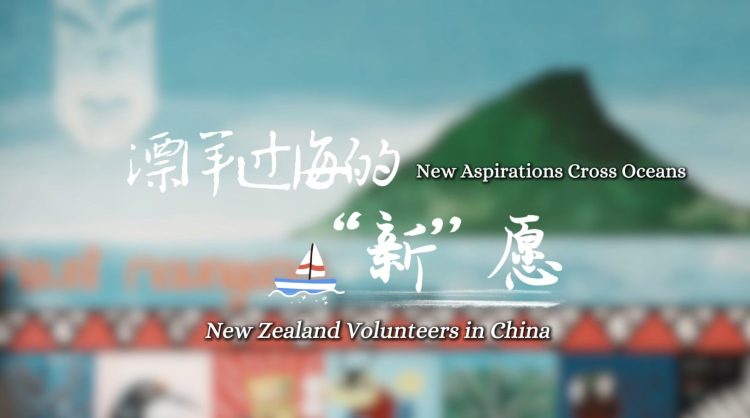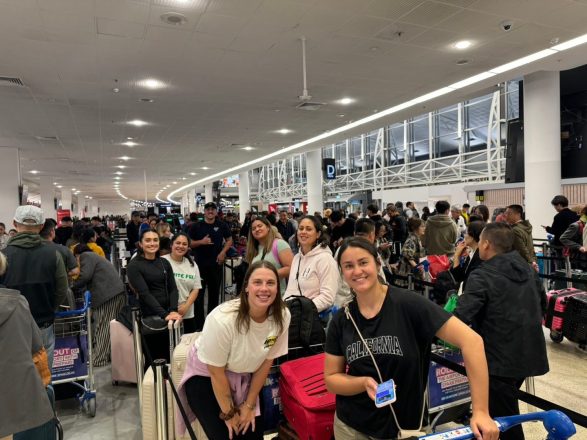TVNZ in Auckland has announced plans for further cost-cutting and reorganization, which will reduce what the state-owned broadcaster does. This has sparked questions about whether the failed media merger last year was a lost opportunity.
During a recent TVNZ Q+A, ACT leader David Seymour claimed charter schools would be seen as successful in the future. Host Jack Tame joked that the media’s future might be even more challenging. Following earlier cuts to news programs, Tame expressed frustration about saving free-to-air TV, comparing it to bailing out the Titanic.
TVNZ’s plan, called Digital+, aims to find ways to save money. Unlike past cuts that ended popular shows, TVNZ says no individual jobs will be cut in this round. They plan to share proposals with staff soon. Part of the plan includes closing the live news site 1NewsNow in February and shifting the youth site Re: News to focus solely on video.
In July, TVNZ’s news executive revealed they needed to find $30 million in savings or new revenue for the next financial year, after reporting a $39 million drop in revenue in 2023.
Earlier this year, TVNZ announced significant cuts to content and staff as part of their financial strategy. They assured staff that they still had a good audience share and growth in their online platform, TVNZ+. However, digital ad revenue is lower than traditional TV ads.
Creating a paid subscription service could increase revenue, but it faces risks from competition. TVNZ plans a $100 million upgrade to its digital technology to support streaming.
A transition to streaming is happening across the media landscape, with Freeview also moving away from traditional broadcasting. TVNZ’s unique position as a state-owned commercial broadcaster could create challenges, as audience habits change.
The previous government suggested merging TVNZ with RNZ to form a new public media entity, but this plan was dropped before the election. Critics described it as unnecessary.
The CEO of another national broadcaster, Whakaata Māori, has mentioned potential cuts to its news service due to funding issues. Media Minister Paul Goldsmith has acknowledged the serious financial crisis in media, signaling that TVNZ may need to make changes quickly.



























































